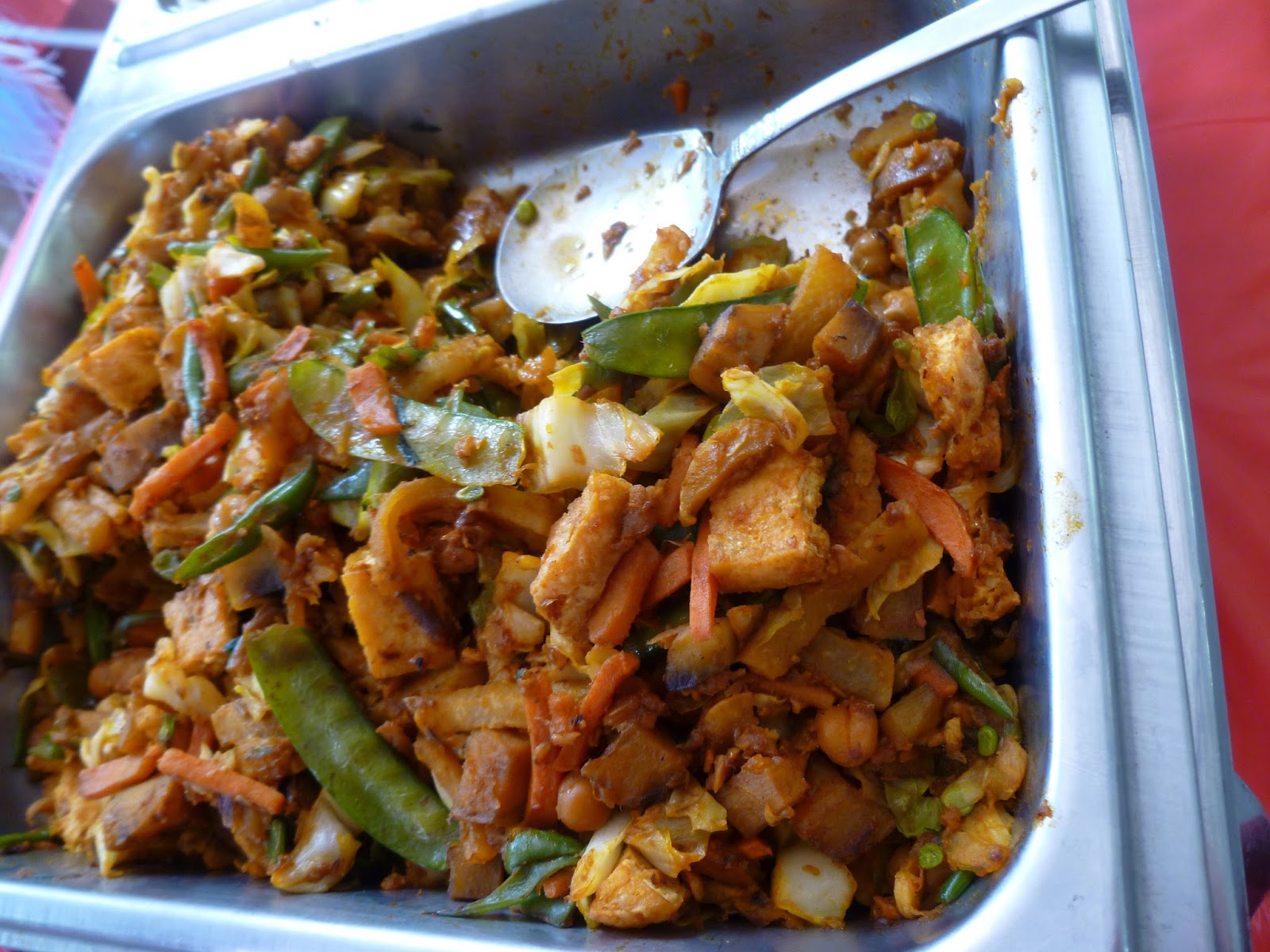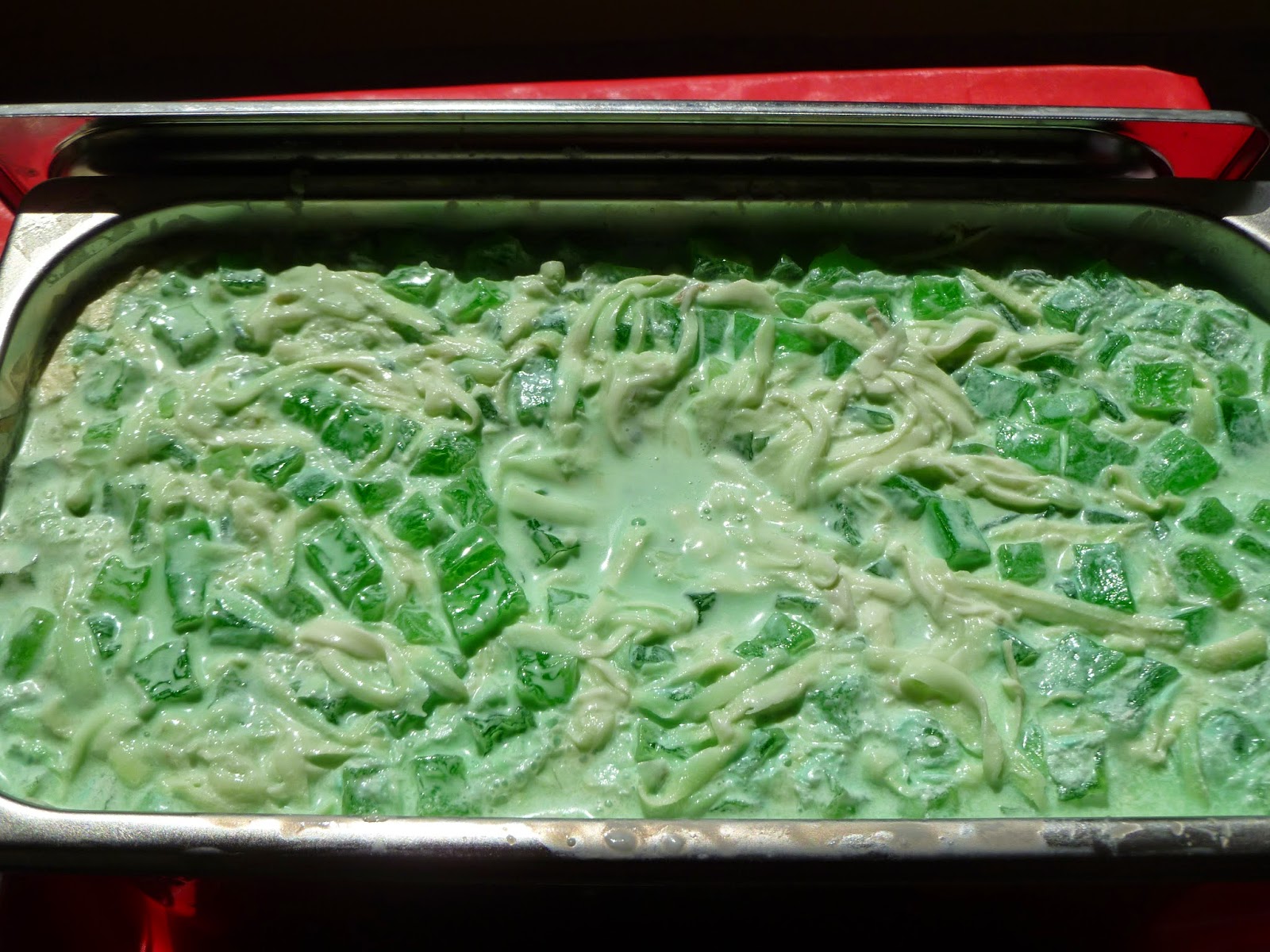 |
| A bag of fresh, hot pandesal in Pateros |
It was also cheap, by both American and Filipino standards. I'm not sure exactly how much it was since no one ever let us pay for any of it (cultural generosity at work once again) but I don't think it was more than 20-30 pesos - or 50 to 60 cents - for a full bag of warm pandesal. Depending on the size, one bag can hold a dozen, sometimes more. They don't have a long shelf life but that was never an issue since they didn't last much longer than a few minutes once we'd gathered around the table. Not all pandesal is created equal either. I've tried other pandesal in the Philippines but the ones in my hometown of Pateros were the best.
Once I got back home, the first thing I missed, of course, was the warm pandesal for breakfast. No joke, I downed at least 3 or 4 of those little bread rolls every.single.day. Back at home, I was pandesal-less.
Nothing to do but try and make my own. I didn't expect to be able to duplicate the ones in Pateros but surprisingly, I actually came close on the flavor if not the texture. This recipe is really simple to make. My mistake was I made the rolls a bit too big. They came out like American-sized dinner rolls, even though I didn't let them rise that long for the second rising because they were getting so big.
Still, the flavor was similar to the ones I had in Pateros. The biggest difference was the texture. Alas, I couldn't duplicate the crunchy outside and soft, mealy inside that's the hallmark of a good pandesal. I think it would've helped if I'd baked them on a bread baking stone but that was one of the things I got rid of when I purged my baking cupboards of "stuff".
Still, for a first attempt, this wasn't too bad. Make sure to roll the tops of the unbaked rolls in bread crumbs before putting them for the second rise. That will add to the authenticity of your pandesal. Serve hot, with or without butter, your choice.
1 (1/4 ounce) package active dry yeast
¼ cup warm water
1 cup lukewarm milk
2 ounces butter, room temperature
½ cup sugar
1 1/2 teaspoons salt
2 eggs, beaten
4 1/4 cups flour and ¼ to ½ cup more for kneading
½ cup fine breadcrumbs
1 cup lukewarm milk
2 ounces butter, room temperature
½ cup sugar
1 1/2 teaspoons salt
2 eggs, beaten
4 1/4 cups flour and ¼ to ½ cup more for kneading
½ cup fine breadcrumbs
- In a large bowl,, combine water and yeast. Allow to sit for 10 minutes until mixture becomes bubbly. Stir well.
- In a small bowl, combine milk, butter, eggs, sugar and salt. Stir together until incorporated..
- Add milk mixture and 2 cups flour to yeast mixture. Using an electrix mixer, beat to combine. Gradually add the remaining 2-1/4 cup flour in ½ cup increments and continue to combine all ingredients.
- On a lightly-floured surface, turn over dough and knead, lightly adding flour as necessary, for about 10 minutes or until smooth, supple and elastic.
- In a lightly-oiled large bowl, place dough. Cover with film and allow to rise for about 1 to 1-1/2 hours or until double in size.
- On a lightly-floured surface, transfer dough and divide into 24 pieces. Shape each piece into a ball and roll on breadcrumbs to coat. Arrange balls about 1-inch apart on a lightly-greased baking sheet. Cover with a cloth and allow to rise for about 1 to 1-1/2 hours or until double in size.
- Bake in a 350 degree F oven for about 15 to 20 minutes or until golden brown. Serve hot.






















































